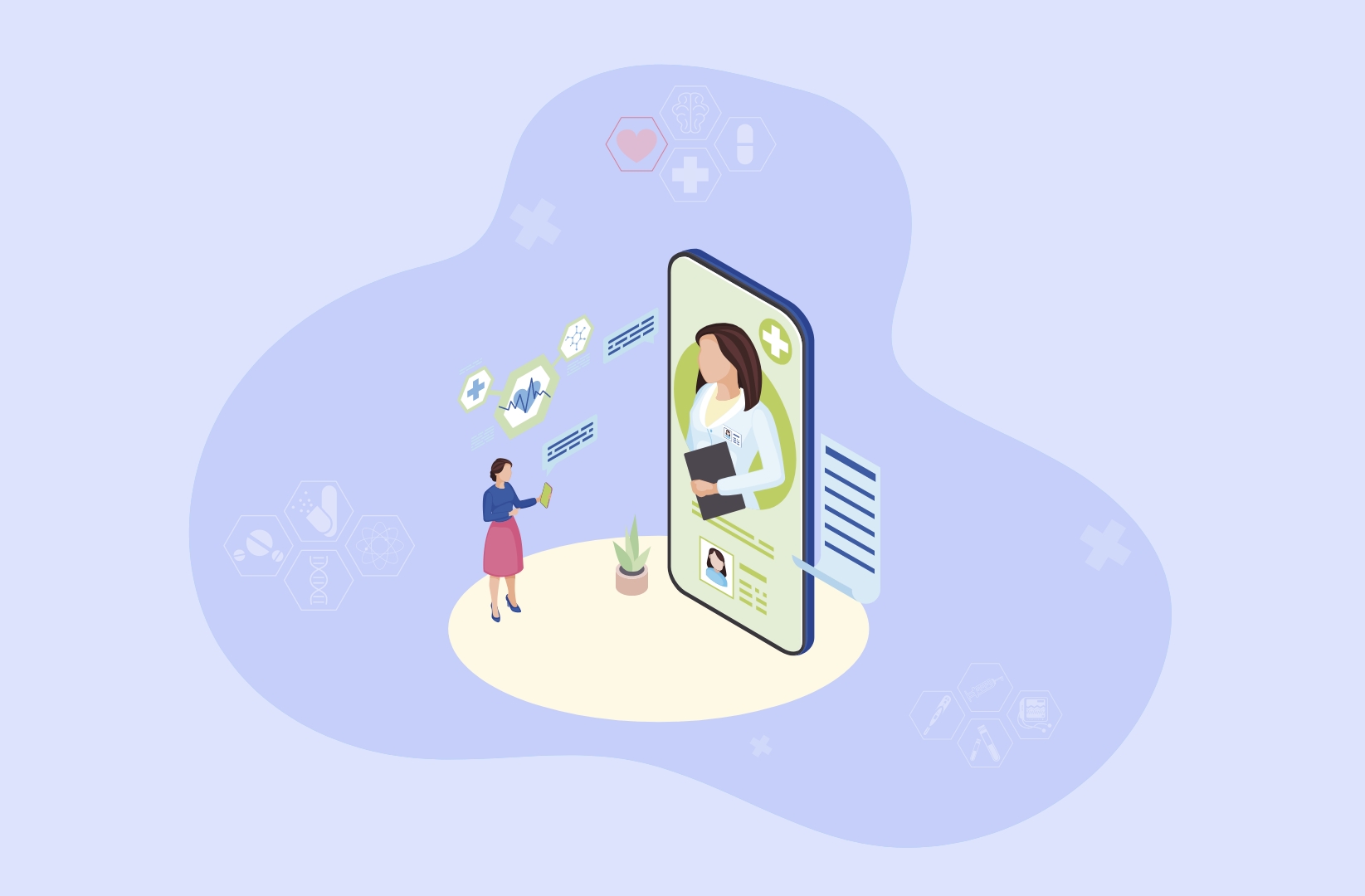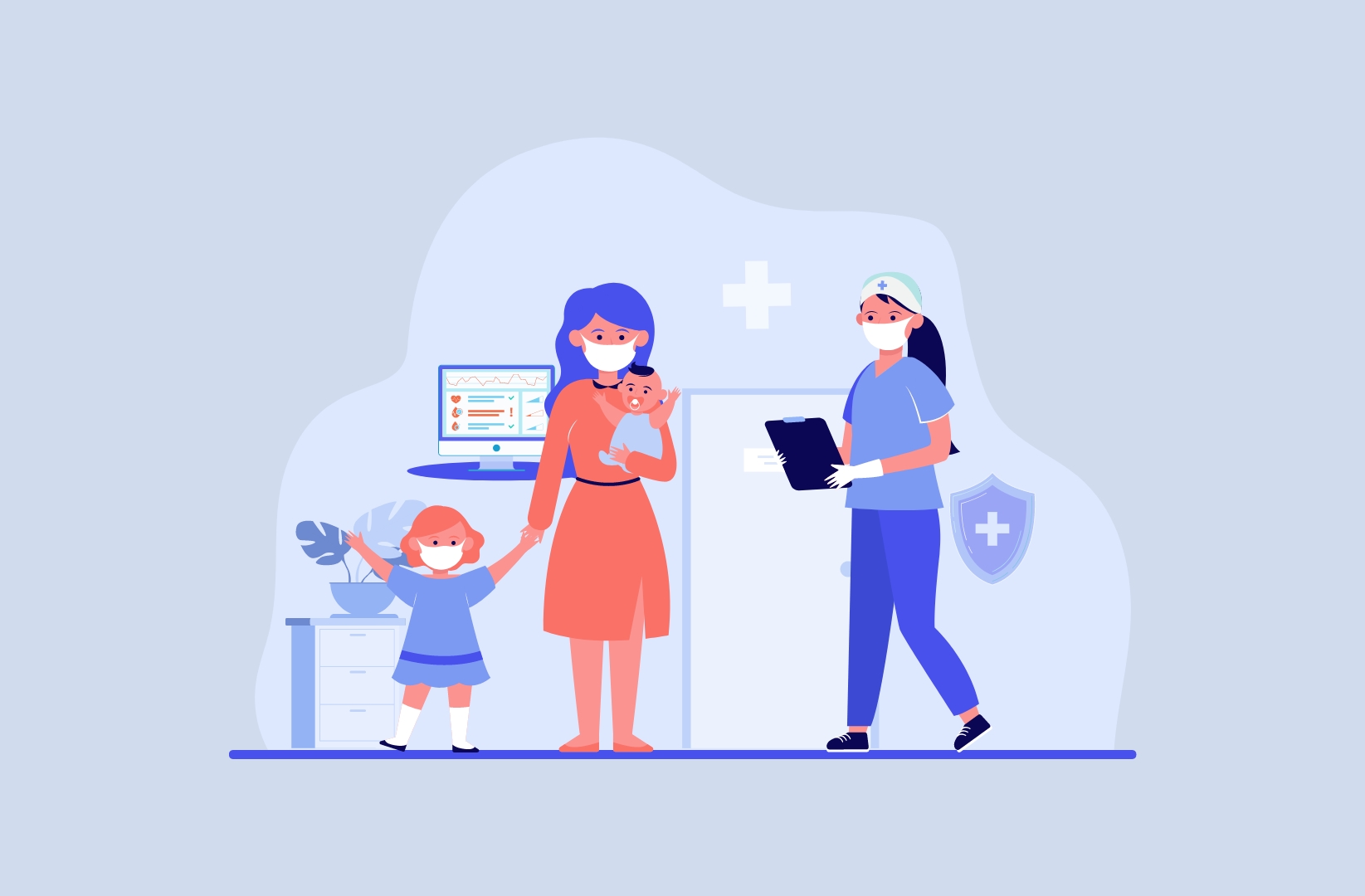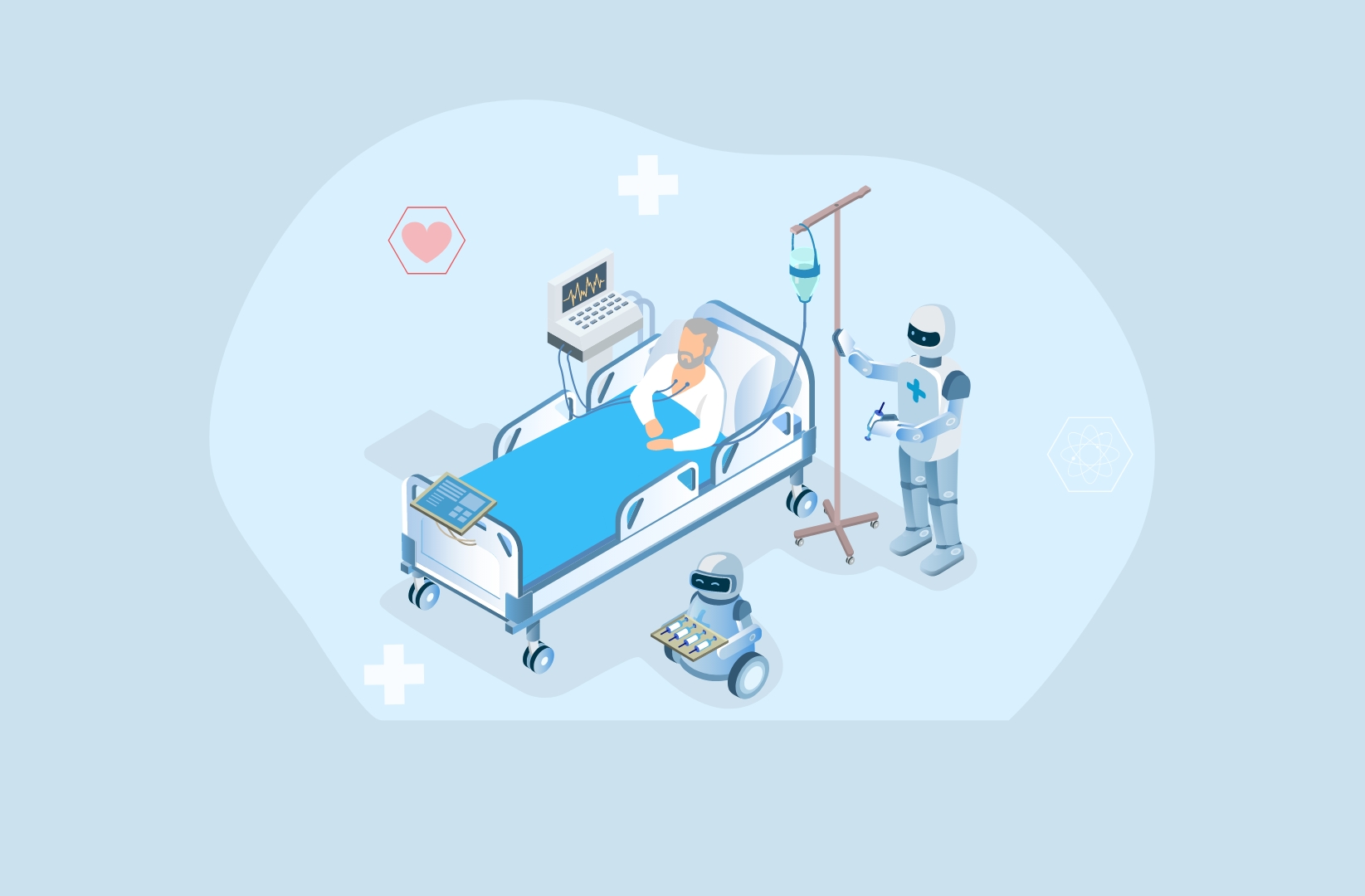The American Healthcare Industry has experienced many large-scale changes in the past few decades. This timeframe has afforded us many drastic reforms in the industry such as the Affordable Care Act (ACA) or the widespread shift towards Value-Based Care. However, the most noteworthy and significant change is the gradual adoption of software solutions into the healthcare industry. The digitization of healthcare has brought numerous benefits to healthcare organizations that are able to streamline their day-to-day operations. More importantly, these solutions have made life easier for care providers and patients by simplifying the delivery of care. In order for these complex systems to operate, they need to display competency in Interoperability.
How Interoperability Ties It All Together
Interoperability in the context of healthcare refers to the use of many complex systems and information technology (IT) to exchange and interpret health-based data. As many software systems were designed for specific tasks, the transfer of data between different systems emerged as a significant challenge. Interoperability allowed for different computer systems that operate on different platforms to interact with each other. This gave health organizations the ability to employ multiple systems for their varying needs. At the foundational level, interoperability is present in roughly 75% of health systems in the US. The incorporation of more advanced levels allows organizations to expand the scale of their services.
How Technology is Combatting COVID-19
The COVID-19 Pandemic has proved to be a challenging obstacle for the healthcare industry. While the pandemic continues to test the industry’s existing abilities, the prevalence of computer systems currently in use have helped in the fight to control COVID-19. The use of virtual health services has skyrocketed since the outbreak as clinics across the country shift their focus to COVID-19. Patients are able to access health services like routine check-ups from their tablet or computer. The significance of this service is that it ensures patients with chronic conditions can receive medical services without the risk of being infected with COVID-19. It also helps clinics establish stable cash flow and make up for revenue shortfall due to the pandemic.
Examples of Interoperable Health Tech Solutions:
Telehealth
Telehealth involves the transfer of healthcare services through a telecommunications platform. While the primary use of telehealth is for virtual conferencing between patients and physicians, it is also used for monitoring and educating patients. The most popular form of telehealth is video conferencing where patients and physicians can perform most tasks required in a typical check-up. According to the American Hospital Organization (AHA), 3 out of every 4 hospitals offer some form of telehealth service. Telehealth has proven to be a valuable tool in the fight against COVID-19, while also eliminating long wait times and nonessential clinical visits. Telehealth must be interoperable with other platforms in order to share Electronic Health Records (EMR). Reviewing these records is crucial for physicians who are deciding the next course of action for a patient.
Remote Patient Monitoring
Remote Physiological Monitoring (RPM) uses real-time technology to collect vital parameters such as heart rate, blood pressure, weight, or any other relevant health-based measure. These devices are worn by patients to track the parameters of their health while simultaneously sending the results to a qualified health professional. This professional can analyze the information and intervene if there is any abnormal data. These gadgets have been extremely helpful for chronic care patients who can avoid the hassle of regular clinical visits. Clinics who effectively use these devices can significantly reduce the number of readmissions, which costs the industry over $41 billion a year. Interoperability is crucial in the RPM care delivery as data must be transferred from the patient’s device to the health system without any errors.
Workflow and Referral Management
The goal of Workflow Management is to streamline the patient workflow by eliminating inefficiencies in the process. Tech solutions such as Smart Rooming help nurses room the patient and transfer the responsibility of care in a time-efficient manner. Referral Management is also an extremely crucial part of clinical operations. Referral Leakage, which occurs when a patient’s Referral loop is not closed, costs the industry millions of dollars a year. Interoperable platforms would transfer information from the physician to the specialist in a timely manner and without any gaps.
Artificial Intelligence and Machine Learning
While still extremely developmental in nature Artificial Intelligence (AI) and Machine Learning (ML) provide a glimpse into the future of healthcare. AI and ML both use machines to perform human activities such as comprehension, interpretation, and analysis. Despite a limited role, they are both currently used for routine activities like streamlining workflows, patient education, diagnosis, and predictive analysis. AI/ML can help health tech innovators attain interoperability by assisting computer systems in receiving and analyzing data.
Primary Benefits
The influx of interoperable systems has revolutionized the healthcare industry. Listed below are the main benefits of these solutions.
- Improved Patient Experience: One of the main focuses of these innovative software solutions was to improve the overall experience of patients. The introduction of Telehealth and RPM increases access to healthcare for all patients. Tools such as AI and ML are life-saving as they quickly and accurately diagnose conditions.
- Simplifying the Care Journey: In the traditional Care Journey, patients may have to spend an entire day in a clinic while physicians shuttle back and forth to tend to them. Software Solutions have streamlined this process by assisting clinics with scheduling, rooming, and diagnosis. Nurses, Physicians, and Clinical staff can allocate their time more efficiently, resulting in a smoother Care Journey for patients.
- Optimal Operational Efficiency: Health Organizations are able to maximize the use of their resources thanks to health tech solutions. Using tools like Referral Management and Care Orchestration allows organizations to streamline patient workflows. This helps them serve more patients without having to expand or increase costs.
Increased Profit: Perhaps the greatest benefit for organizations is the ability to increase clinical profits. Efficient software solutions help organizations identify and eliminate inefficient practices. At the same time, solutions like RPM provide additional revenue streams for clinics with little additional cost. While Interoperable solutions may incur an initial cost, effective development and use of the product will have a positive impact in the long run.
Talk to us to understand more about the advancements in the healthcare industry and we will guide you to achieve our common goal “Quality Care for All” seamlessly.










